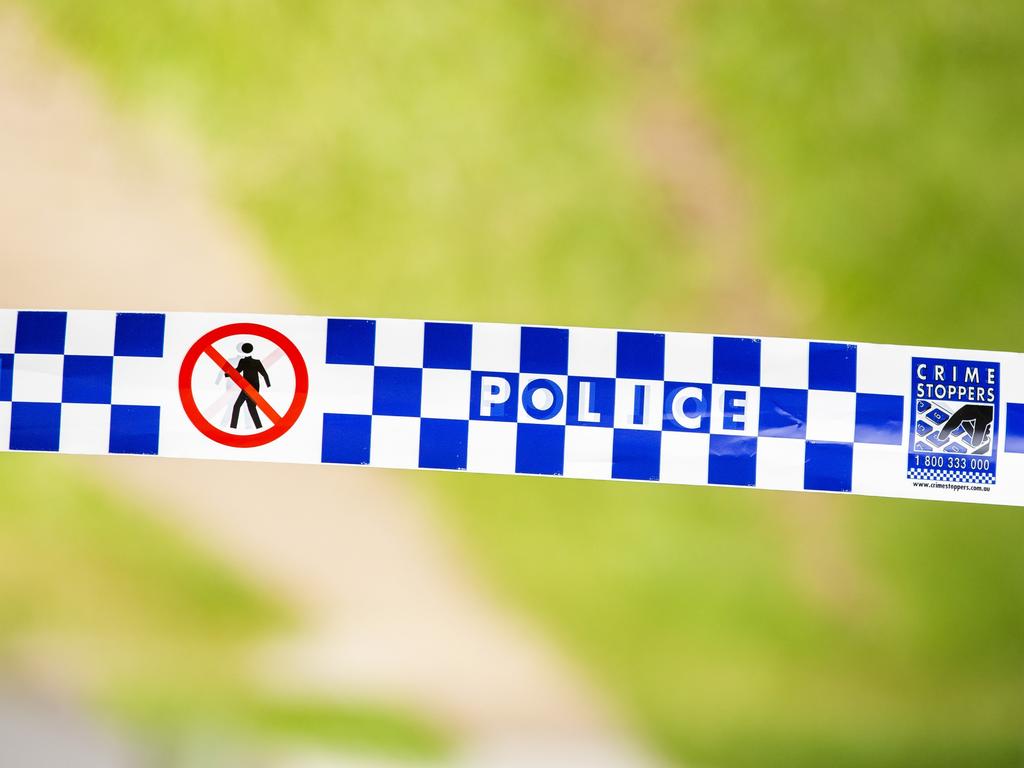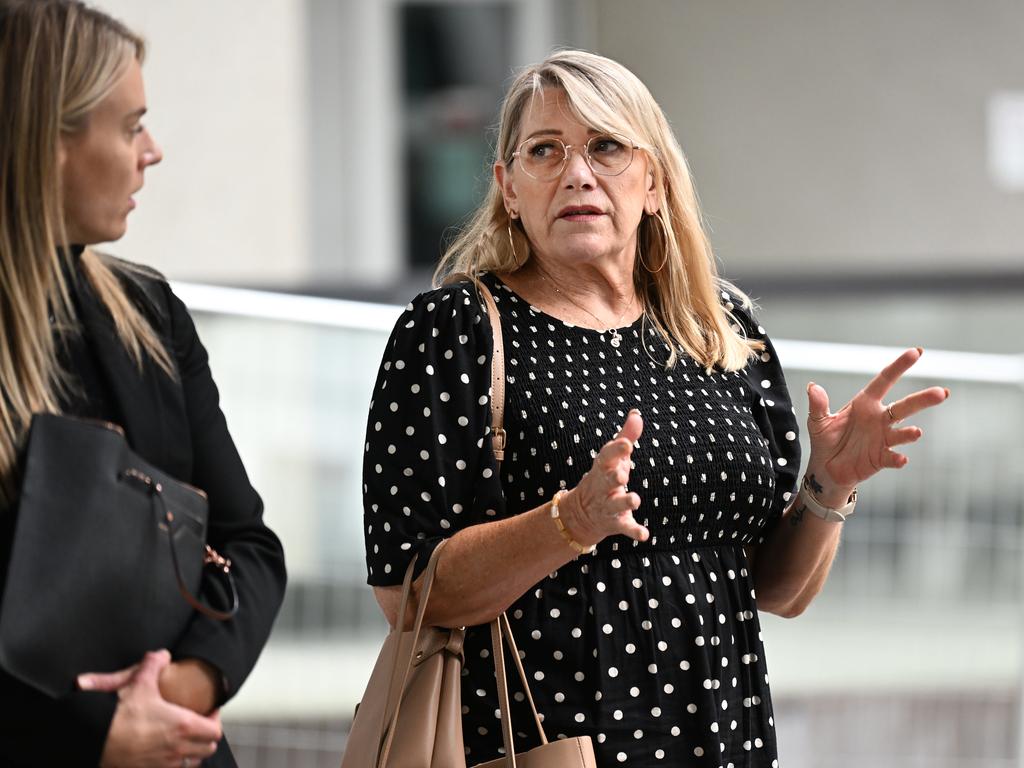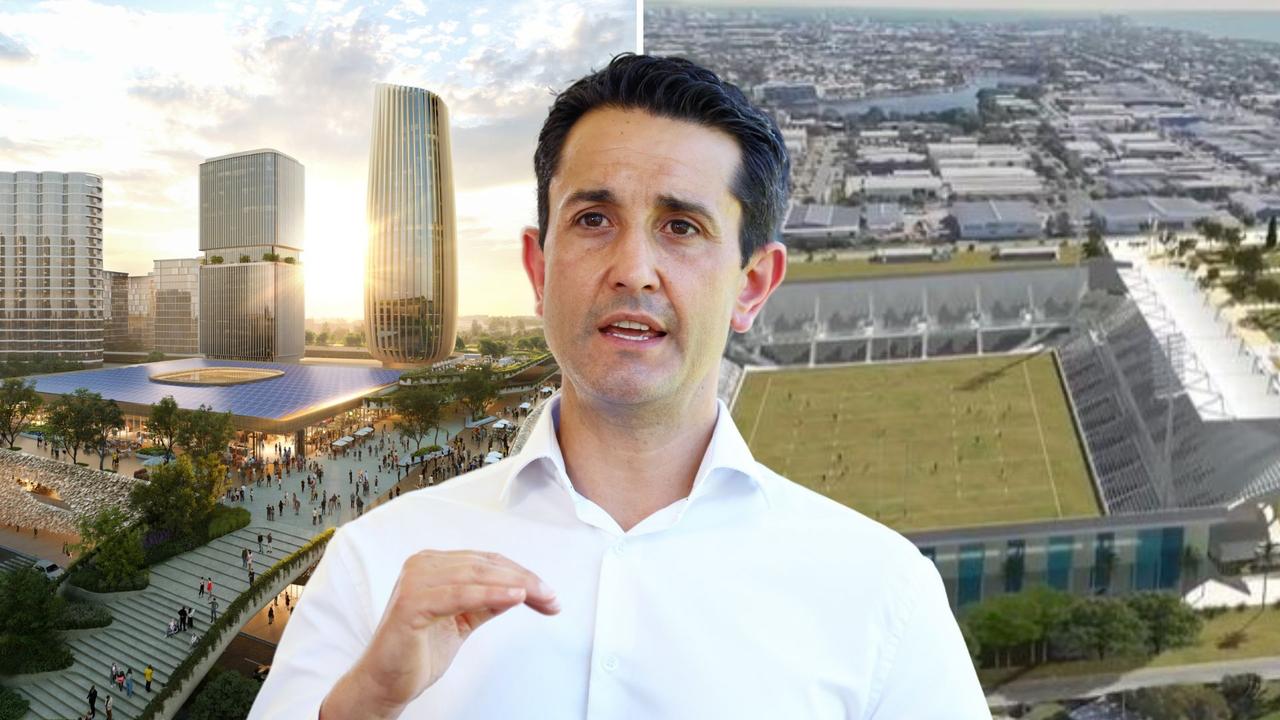DNA bungle retesting identifies accused killer and rapist
Scientists at a Queensland lab chose not to test cells from a murder scene as they fell below the state’s unusually high testing threshold, an inquiry is told.
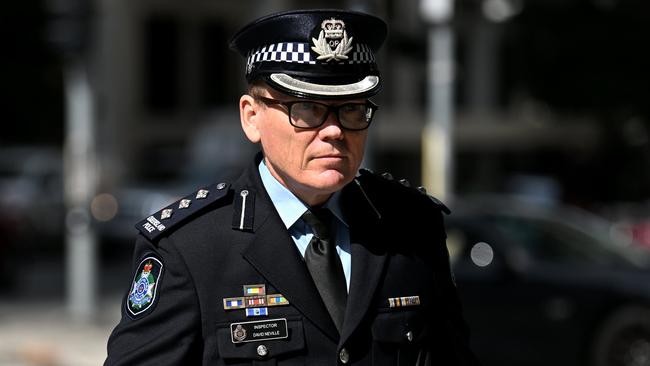
Police have already identified an accused killer and an alleged rapist in the early stages of testing more than 7000 crime scene samples that were ignored by Queensland’s strife-torn DNA laboratory.
Thousands of forensic samples that were rejected by the lab since 2018 because they fell below a very high testing threshold are now being examined as a result of grave concerns being aired about its DNA testing in The Australian’s podcast Shandee’s Story.
Forensic expert Kirsty Wright helped uncover forensic failures at the laboratory as part of the podcast series, and in November last year called for it to cease testing immediately.
Days later, police demanded that samples from an unsolved murder be retested.
Of the 33 “shelved” forensic samples from the murder scene, 10 generated a DNA profile when eventually tested, including a condom and a pair of pink tracksuit pants.
Most shocking of all was a tape-lift taken from the calf of the victim that matched the accused killer.
The results disturbed the manager of the Queensland Police Service’s DNA unit, David Neville, who then began to review the lab’s unusual failure rate in detecting DNA.
More horrific results began to emerge. Despite the presence of sperm in swabs taken from a 2021 rape case, the lab did not test the samples.
“There were six samples in total taken from the victim originally reported as DNA insufficient and then later tested and reported matching the offender,” Inspector Neville told the royal commission-style inquiry probing the lab.
His concerns had been hosed down repeatedly in email and phone exchanges with Queensland Health staff.
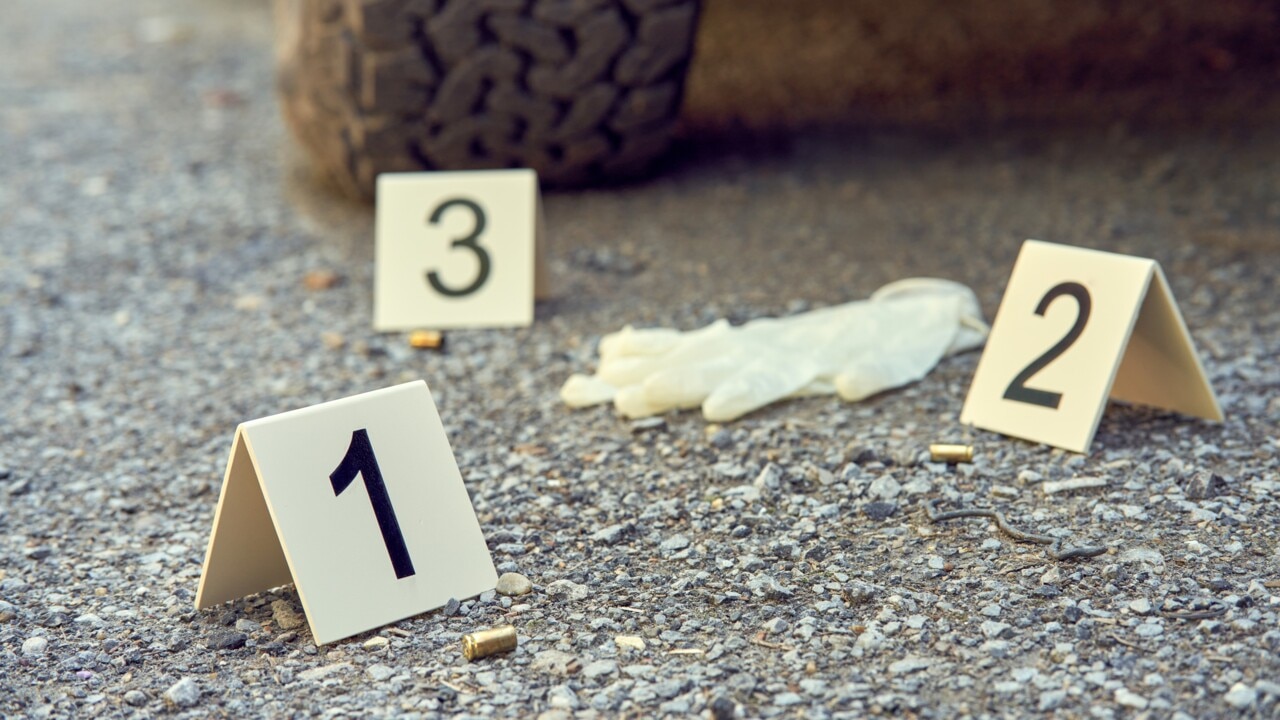
Consequences of the testing bungle were outlined by Inspector Neville in an email to his police superiors earlier this year. “Failure to take timely action could place people in the community at risk by allowing a perpetrator to go unidentified,” he wrote. “I don’t think it is appropriate to do that, to delay any review or provision of information that might assist in understanding the nature and extent of this issue.”
Management at the DNA lab chose not to test more than 7000 samples from major crimes because they fell below an unusually high testing threshold, which had been introduced in 2018.
However, partial and full profiles can be obtained, even from samples with very low levels of DNA, the inquiry overseen by retired judge Walter Sofronoff KC has found.
The high testing threshold was agreed to by police on advice of the lab’s managing scientist, Cathie Allen, and team manager, Justin Howes.
In a report, Ms Allen and Mr Howes indicated to police that the success rate of finding new evidence when testing samples below the threshold was less than 2 per cent.
Once police began reviewing results coming out of the lab, they realised the success rate was “way higher” and closer to 30 per cent, Inspector Neville said.
Giving evidence on the third day of public hearings, scientist Linzi Wilson-Wilde said she believed the 2018 report was written to achieve “an end goal” rather than something a “little more independent and transparent”.
The inquiry heard the new threshold had been introduced, in part, to save time and money, with the lab under pressure from police to improve turnaround times.
Inspector Neville said after getting the 10 usable profiles back from the murder case in November, he phoned Ms Allen and Mr Howes to inform them of the results. In a diary note he made after the call, which was shown to the inquiry, Ms Allen told him the high success rate was likely an “outlier”.
Inspector Neville said he raised concerns with Ms Allen about DNA not being found in samples from another case that was “in the media at the time”.
“Cathie (Allen) advised me that Queensland Health had done repeated testing and it was highly unlikely to get a profile below a particular quant value.”
Inspector Neville said during the phone call, Ms Allen accused police of leaking information to the media, but he argued it was likely coming from court transcripts.
A week earlier, Dr Wright sounded the alarm on what she believed could be the “biggest forensic disaster in Australia’s history”, after reviewing forensic testing in the case of 23-year-old Shandee Blackburn, who was brutally murdered in 2013. Inspector Neville said he then “became alive” to the seriousness of testing problems and believed the lab had been “grossly minimising” the success rate of testing below the threshold.
“I was forming the suspicion that we were missing out potentially on profiles or evidence,” he said.
“I wanted to resolve it.”
The inquiry was shown internal emails from Inspector Neville to Ms Allen pleading for the testing threshold to be reviewed. In one email, Ms Allen replied: “We will review scientific data available to us and will provide further advice to QPS in due course.”
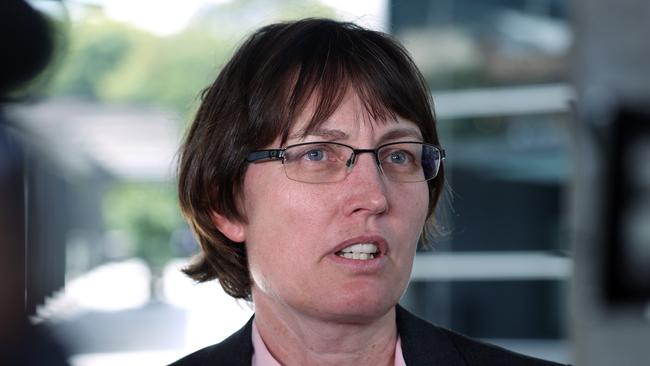
In mid-February, Inspector Neville’s concerns escalated when Dr Wright revealed in Shandee’s Story that killers and rapists were better off in Queensland because of the very high testing threshold.
He emailed Ms Allen again after the podcast episode aired, pushing for more information on testing thresholds and how they compared with other states. “These claims in the national newspaper come at a time when the (QPS) have raised similar concerns around testing triage thresholds,” he wrote. “Unfortunately the gears have shifted since our meeting on 1 February due to these claims in the media and I am being asked questions in relation to these very issues.”
Ms Allen said she was “unable to comment or draw comparisons to other jurisdictions” because states did not share relevant data and equipment might differ between laboratories. “So it’s not unexpected that different laboratories would have slightly different thresholds for quantitation or limit of detect for DNA profiles,” she wrote.
If you think your case has been affected by the DNA lab problems please contact shandee@theaustralian.com.au



